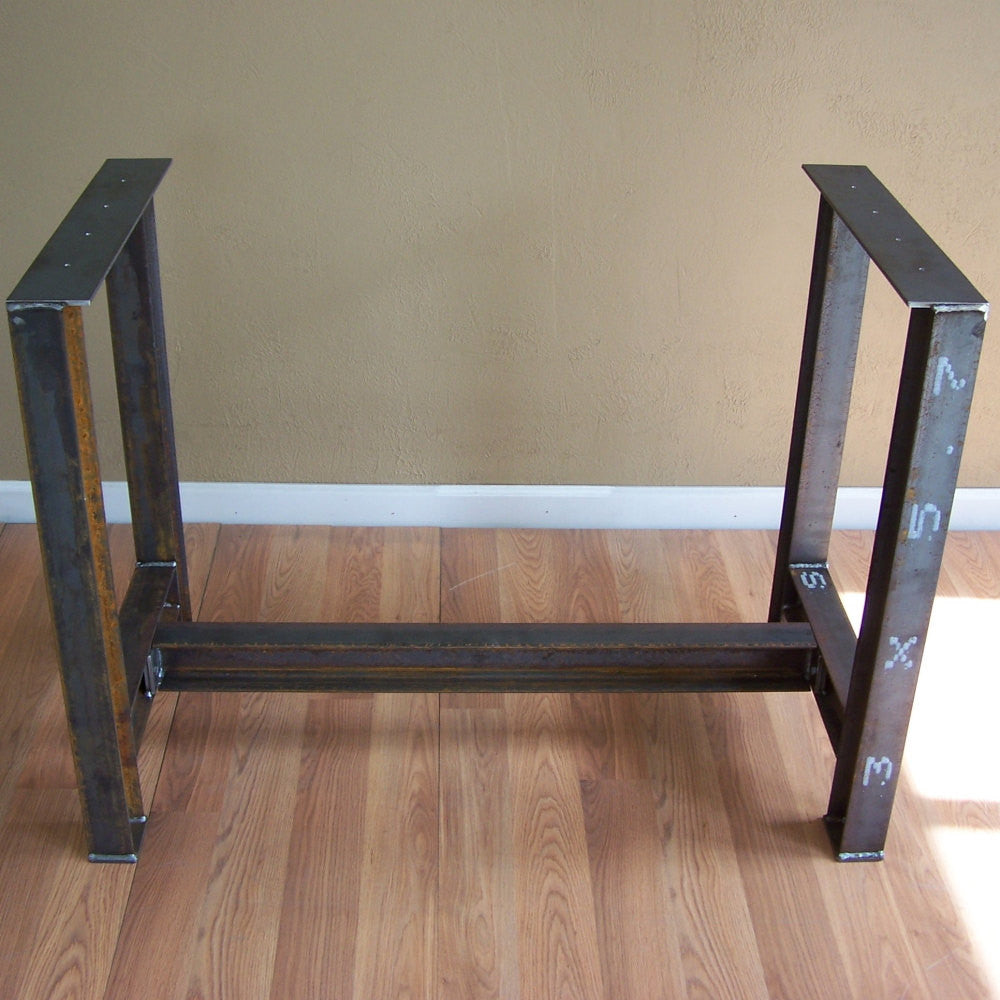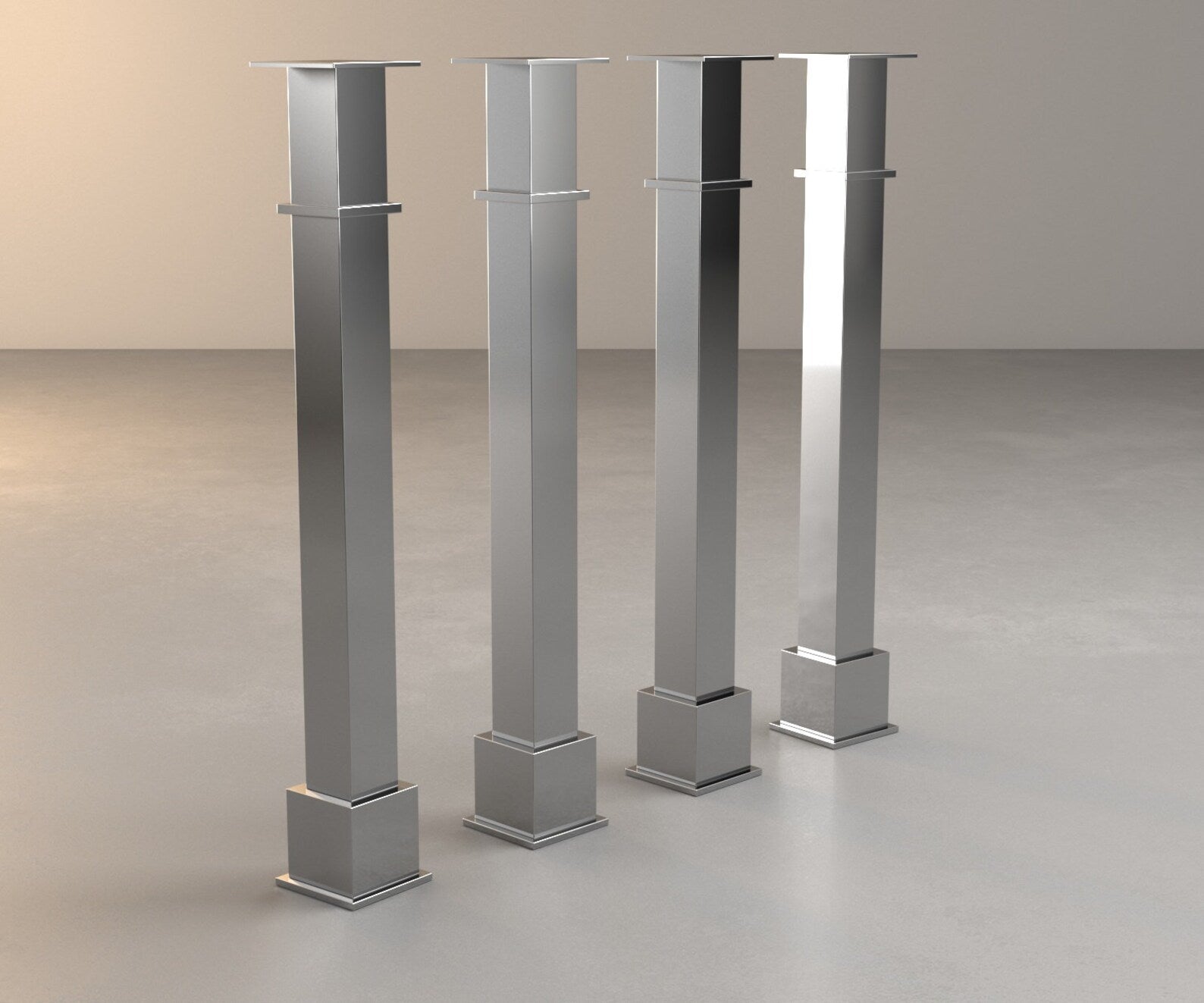Attain the Perfect Balance of Type and Function with Legs For Kitchen Island
Attain the Perfect Balance of Type and Function with Legs For Kitchen Island
Blog Article
An Overview to Picking the Perfect Legs For Cooking Area Island for Your Home
Picking the ideal legs for your cooking area island is a nuanced choice that affects both the performance and visual charm of this central area. Elements such as elevation, materials, and style play an essential role in integrating your island with the total kitchen area design. In addition, comprehending the value of stability and upkeep can substantially affect your choice. As you take into consideration these aspects, it comes to be apparent that the best legs can change not only the appearance of your kitchen yet also its functionality for several years to find. What certain functions should you focus on in this selection procedure?

Comprehending Cooking Area Island Legs
When selecting legs for a kitchen island, it's vital to comprehend their aesthetic and functional functions in the overall design. The legs act as a critical assistance system, making sure stability and sturdiness for the island, which typically operates as a work space, eating location, or gathering spot. Consequently, the option of material and building and construction technique need to be durable adequate to endure everyday usage and potential wear.
Along with their architectural duties, legs contribute dramatically to the island's aesthetic allure. They can boost the cooking area's design, whether through typical, modern, or eclectic styles. The height and proportion of the legs are additionally vital factors to consider; they have to harmonize with the island's countertop height while making sure comfortable seating for those using the space.
Moreover, the leg style can affect the general circulation of the kitchen. Open, airy leg styles can produce a sense of agility, while strong, significant legs might communicate an extra based and stable visual - Legs For Kitchen Island. Comprehending these useful and aesthetic elements will direct property owners in making educated choices that complement their cooking area's style and enhance its use
Popular Styles and Materials
The option of legs for a cooking area island encompasses a variety of prominent styles and materials, each offering one-of-a-kind qualities that can enhance both capability and appearances. Conventional legs normally show ornate details and craftsmanship, improving traditional kitchen designs.

Height and Stability Factors To Consider

Stability is one more vital consideration. The legs of the kitchen area island need to offer adequate assistance, making sure that the structure can hold up against day-to-day use without shifting or wobbling. Material option plays a substantial function in stability; steel legs, for instance, have a tendency to provide great post to read better toughness compared to wood. In addition, guaranteeing that the island is firmly secured to the flooring or wall surface can enhance stability, especially for bigger islands that might bear considerable weight.
Matching Your Cooking Area Aesthetic
Picking the ideal legs for your cooking area island surpasses performance; it additionally plays a substantial duty in the total visual of the space. When picking legs, think about the design style of your cooking area. For a modern look, sleek metal or minimal styles can develop a clean, modern vibe. On the various other hand, rustic or typical kitchens frequently take advantage of wooden legs with intricate describing or a troubled coating, boosting heat and character.
Legs that complement or contrast with your island's surface and bordering cabinetry can produce aesthetic harmony or striking focal factors. Furthermore, consider the surface of the legs; matte, glossy, or distinctive coatings can significantly influence the total feeling of the kitchen.
Setup and Maintenance Tips
Setting up kitchen area island legs calls for mindful interest to detail to guarantee both security and aesthetic charm. Begin by choosing an appropriate area for your island, guaranteeing it is level and has adequate area for movement. If you are attaching the legs to a wall or using brackets for included support, make use of a stud finder to locate wall surface studs. Mark the placement of the legs precisely prior to boring.
When protecting the legs, make use of premium screws and, if needed, wood glue for additional toughness. For metal legs, guarantee that you are using ideal anchors and devices to stop damage to your floor covering. It is advisable to check for levelness after setup, making adjustments as needed to avoid wobbling.
Clean the legs with a suitable cleaner, avoiding abrasive materials that may scratch the surface. By adhering to these additional reading installation and upkeep pointers, you can make sure that your kitchen island legs continue to be both useful and aesthetically appealing.
Conclusion
In conclusion, choosing the suitable legs for a kitchen area island requires mindful consideration of elevation, security, and visual compatibility. By selecting ideal products and styles that straighten with the total kitchen area style, functionality can be improved while preserving aesthetic allure. Appropriate setup and continuous maintenance even more add to the resilience and durability of the kitchen area island. Ultimately, thoughtful leg option plays an important duty in elevating both the practicality and design of the kitchen area room.
When choosing try this web-site legs for a kitchen island, it's essential to recognize their practical and aesthetic roles in the total design. Open, airy leg designs can develop a sense of agility, while solid, substantial legs might communicate a more grounded and secure visual. The legs of the kitchen island need to offer ample support, making sure that the framework can withstand day-to-day usage without wobbling or changing.Setting up kitchen area island legs requires mindful interest to information to make sure both security and visual allure.In verdict, choosing the ideal legs for a cooking area island requires careful factor to consider of elevation, stability, and visual compatibility.
Report this page